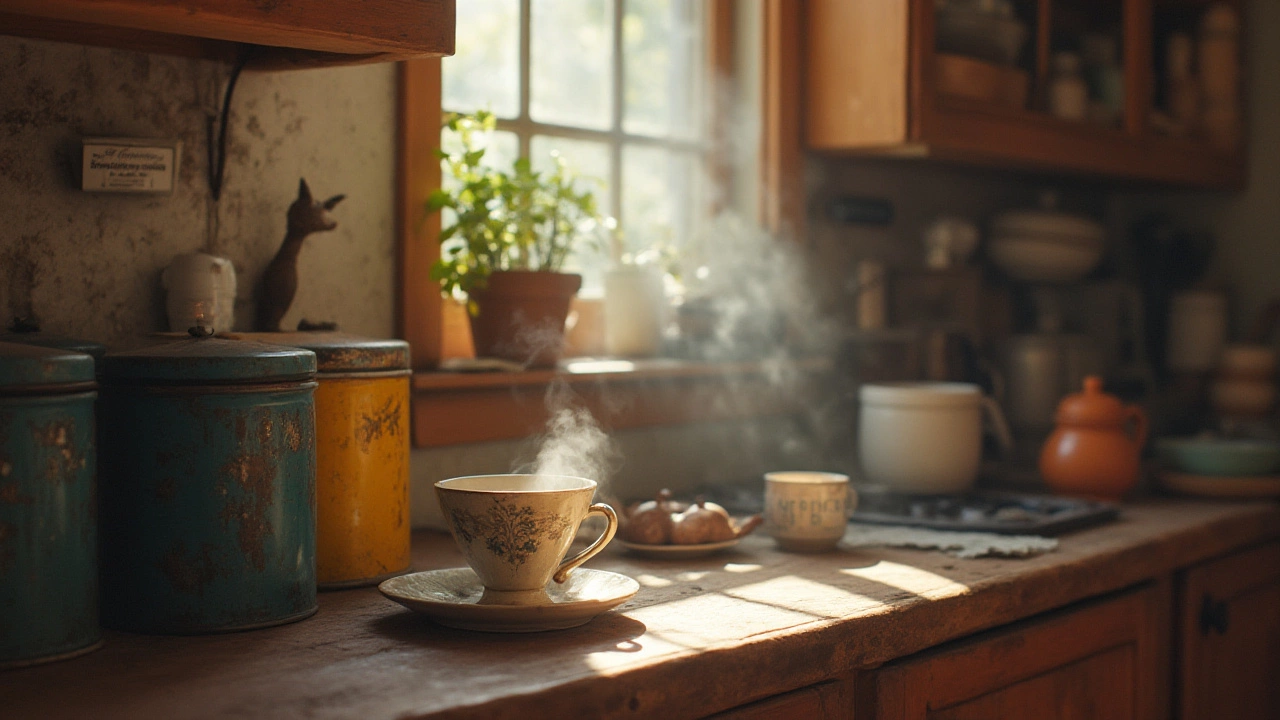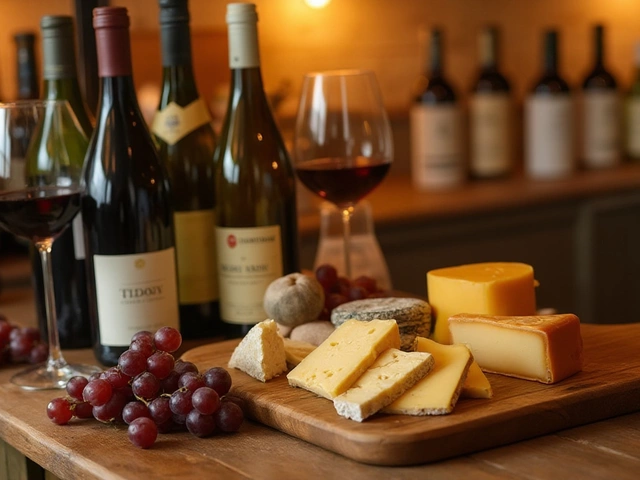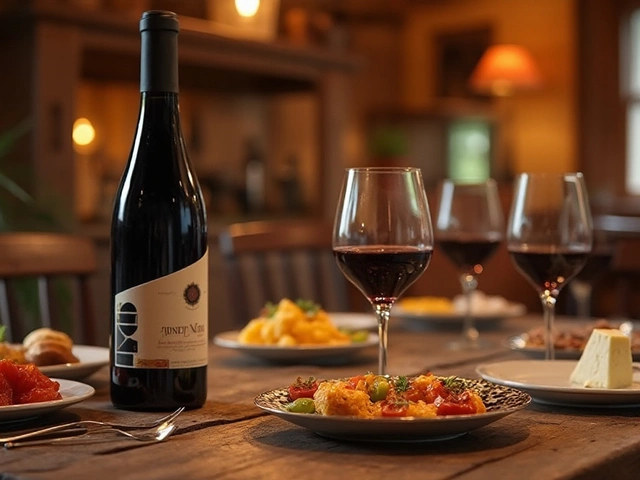Drink Old Tea: What It Is and How to Enjoy It
Ever wondered why some tea fans rave about "old tea"? It’s not just marketing hype – aged tea can bring deeper flavors, smoother mouthfeel, and a glimpse into tea history. If you’ve got a batch of aged pu-erh, fermented oolong, or even a vintage green tea, this guide will help you drink it right.
What Makes Tea ‘Old’?
Old tea isn’t just tea that sat on a shelf for a few months. It’s tea that’s been intentionally stored for years, often under controlled humidity and temperature. The aging process lets microbes and oxidation break down the leaves, creating new aromas and mellowing bitterness. Think of it like wine – time can turn sharp notes into rich, complex flavors.
Typical candidates for aging are raw pu-erh (sheng pu-erh), certain oolongs, and some black teas from high‑altitude regions. These teas develop earthy, woody, or even sweet caramel notes after a few years. Fresh teas, on the other hand, keep bright, vegetal flavors that disappear with age.
How to Brew and Enjoy Old Tea
Start with clean, filtered water at around 95°C (just under boiling). Old tea often needs a short rinse – pour hot water over the leaves, discard the first steep, and then brew again. This removes dust and wakes up the tea.
Use a higher leaf‑to‑water ratio than you would for fresh tea – about 5‑7 grams per 150 ml. Old tea can be tougher, so a longer steep (30‑60 seconds for the first brew) works best. Taste as you go; you can keep re‑steeping the same leaves multiple times, adjusting the time each round.
Pairing matters, too. Earthy pu‑erh loves a simple snack like roasted nuts or dark chocolate. Aged oolong pairs nicely with mild cheese or a slice of fruit cake. The key is to match the tea’s depth with foods that complement, not overpower.
Store your old tea in a breathable container – a paper bag, a ceramic jar with a loose lid, or a cloth pouch. Keep it away from strong odors, direct sunlight, and extreme temperatures. A cool, dark pantry works fine for most teas; if you have a dedicated tea cabinet, even better.
Finally, remember to savor the experience. Old tea is a conversation piece – share the story of its origin, the year it was harvested, and the journey it’s taken. That narrative adds to the taste and makes each sip more memorable.
So next time you spot a vintage tea leaf, don’t skip it. Follow these simple steps, and you’ll unlock flavors that only time can create.
Wondering if you can safely drink a decade-old tea? Learn the truth about tea shelf life, storage, risks, and even hidden benefits of aged tea.
View Details

